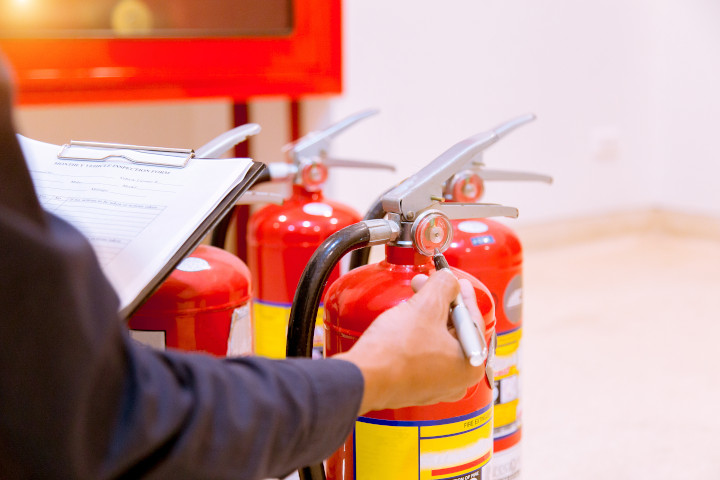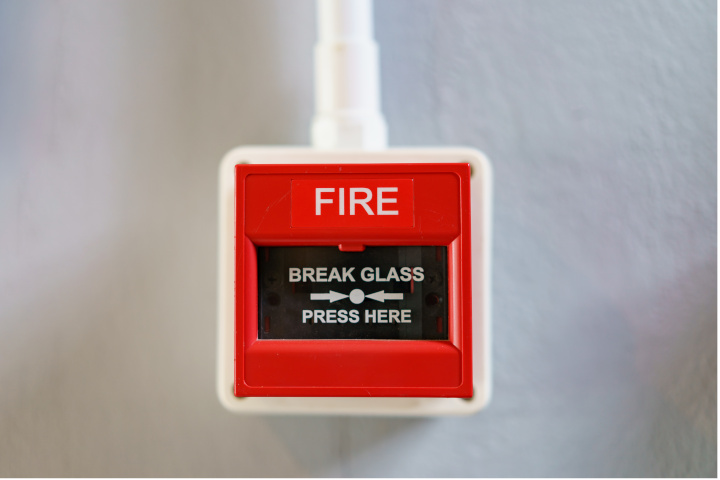Fire Safety Inspection
Whether you're due a fire inspection or just want to be on the safe side, Dependable can help out.
Don't Risk Any Fire Hazards...
Did you know it’s your legal responsibility to carry out fire safety inspections on your properties? Whilst some hazards are more glaringly obvious, others can be easily missed. The risk of missing these can be detrimental and could cause harm to your tenants and occupants.
Soft facilities management is important to us. We can carry out a full fire safety inspection as regularly as you need, to ensure hazards are reported, safety is prioritised and fires are prevented. Learn more about our other commercial property maintenance services.


...And Keep Your Properties Safe
We will complete a fully comprehensive assessment of the property, including photographic evidence of safety concerns, and passive fire protection provisions.
Our expert team will also provide you with a full report detailing the outcomes of the inspection. They will also provide a consultation of any required safety equipment that we believe should be fitted such as alarms, detectors, extinguishers and more.
Fire Inspection FAQs
The best way to stop a fire is to prevent them from occurring. Routine fire inspections are one of the most effective ways to do that. The purpose of the inspections is multifold:
- Identify and correct fire code violations.
- Educate business and property owners about the fire code and general fire safety.
Following the tragic fire at Grenfell Tower in 2017, the government changed its building safety guidelines by issuing a series of advice notes.
These advice notes were intended to give building owners clear guidance about how to make sure their properties are constructed and maintained safely.
Over time the advice has evolved and will eventually become law, however in the meantime building owners like L&Q are now required to inspect our buildings to ensure that they meet the new guidelines.
We are responding to the Advice for Building Owners of Multi-storey, Multi-occupied Residential Buildings, also referred to as the Consolidated Advice Note, published on 20 January 2020, and the subsequent Government update on Building Safety issued on 2 April 2020.
The key requirements that we must address are:
- Buildings that are 18 metres and above, or more than six storeys high (whichever is lowest), should use only materials of limited combustibility (or that have passed certain safety tests) in the construction of their external walls
- Materials used in the construction of external walls and balconies of buildings that are 18 metres and above or more than six storeys high (whichever is lowest), must have been installed and maintained correctly
- Building owners should assess and manage the risk of external fire spread for buildings, of any height of multiple occupation which have communal parts; taking into account factors including external wall systems and balconies
Given the extent of the new guidance, and the fact this was not in place when the blocks were built, the likelihood of most buildings requiring some degree of remedial work is, unfortunately, high.
We will inform residents of any remedial work needed on completion of the Building Safety Programme inspection.
Our clients think we're Dependable

Mark Golledge

Meera C

Jodie Fraser
